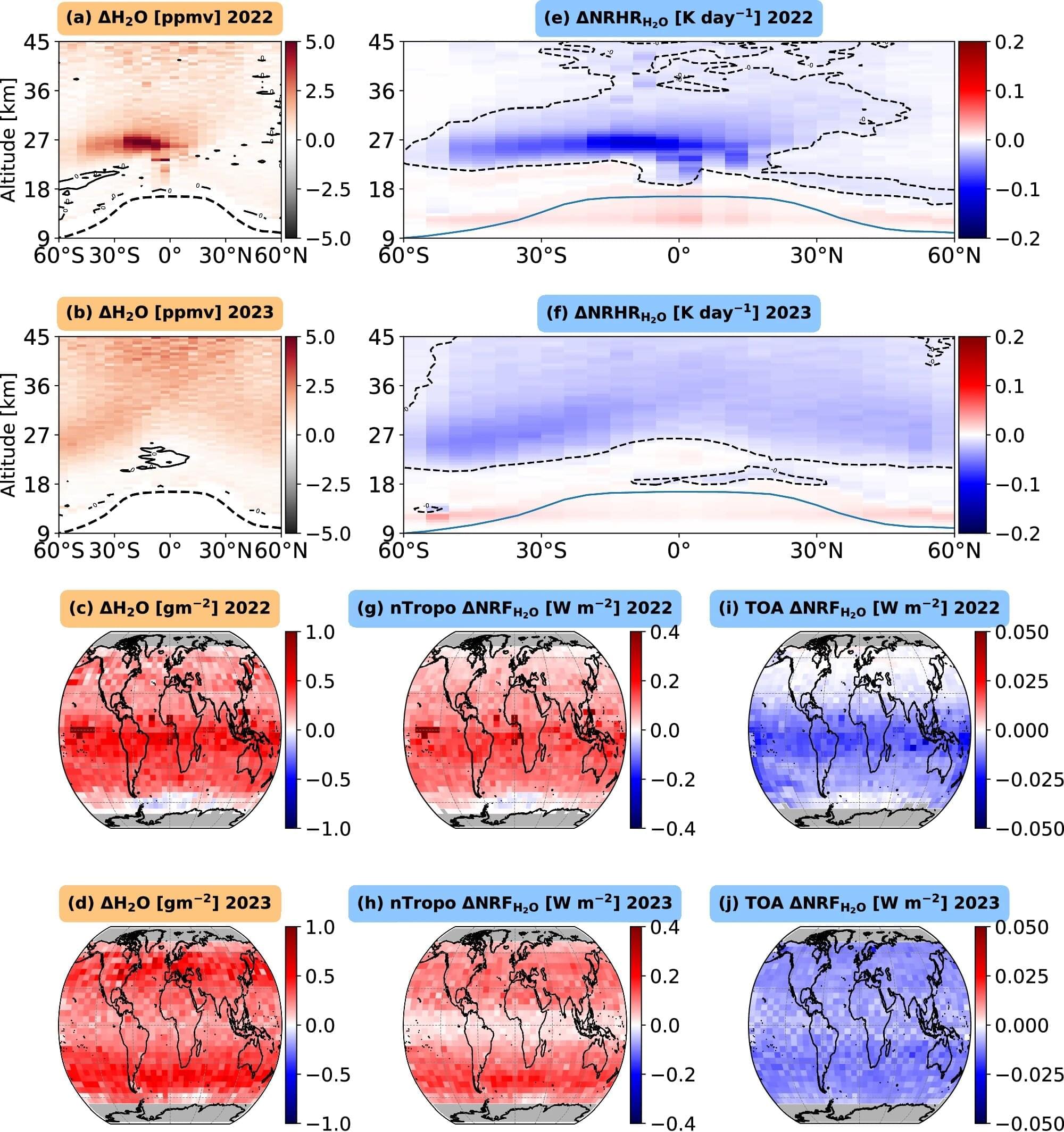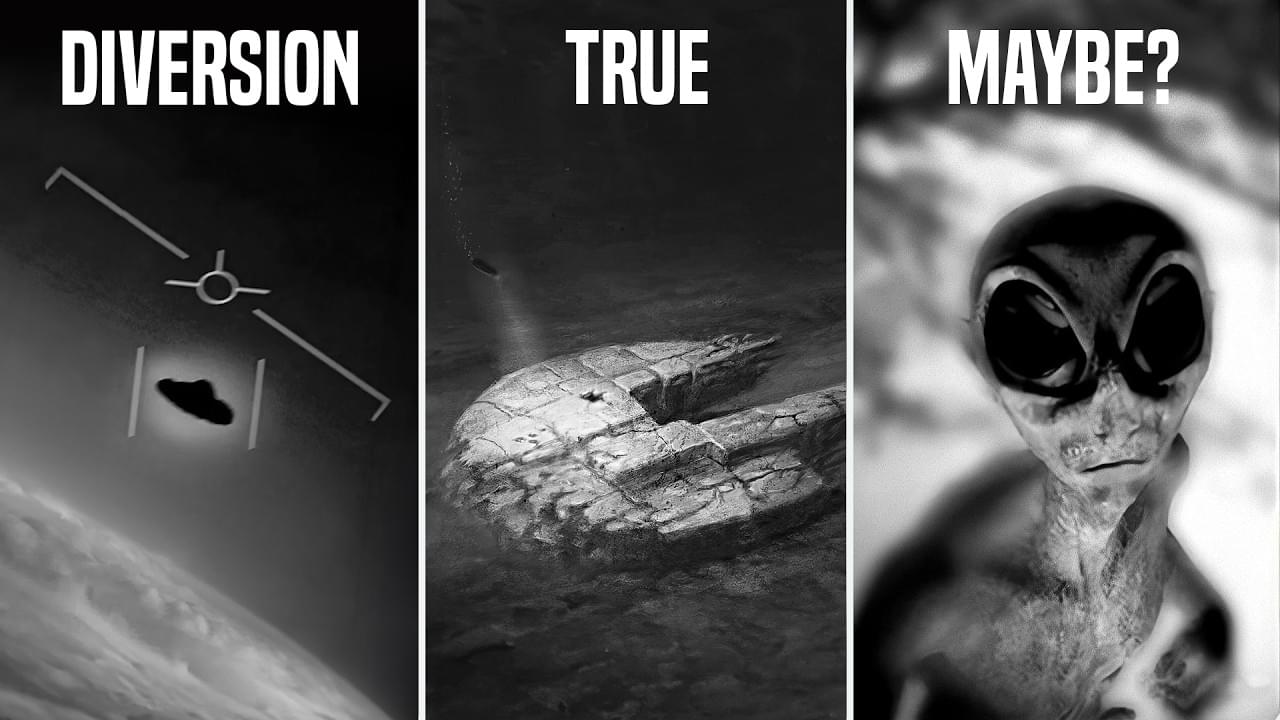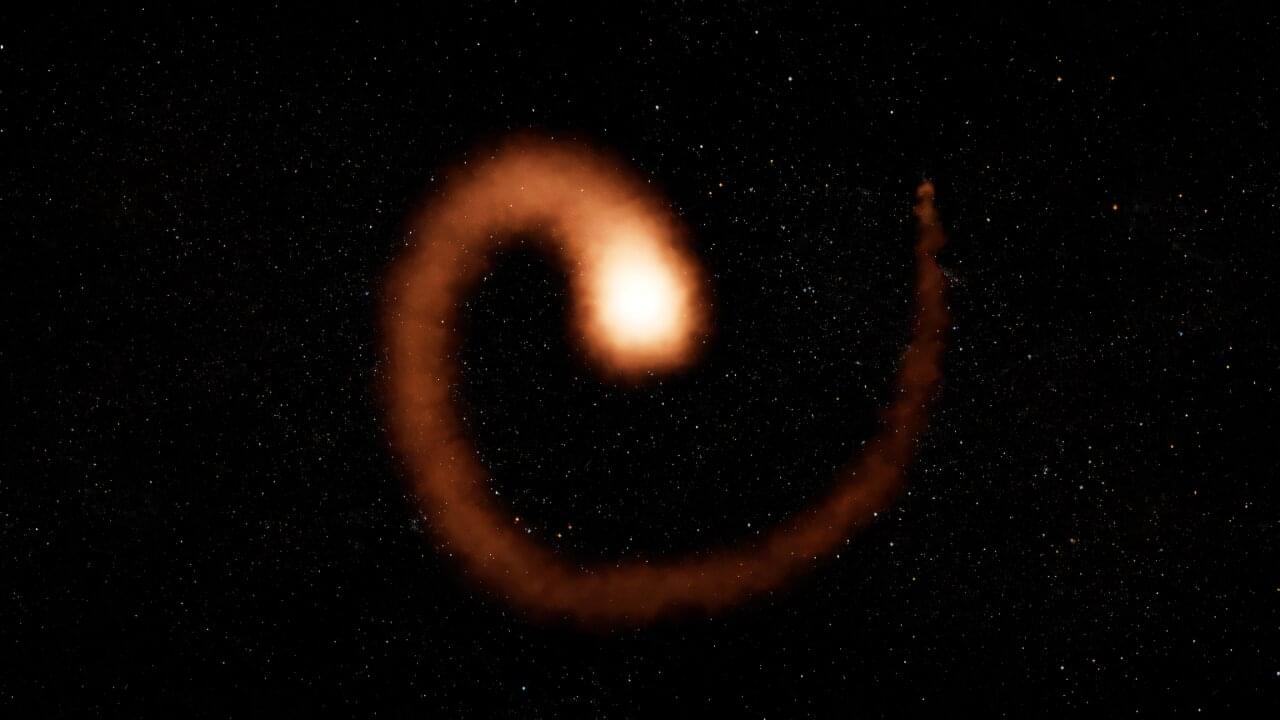When Hunga Tonga–Hunga Haʻapai, an underwater volcano near Tonga in the South Pacific Ocean, erupted in 2022, scientists expected that it would spew enough water vapor into the stratosphere to push global temperatures past the 1.5 C threshold set by the Paris Accords. A new UCLA-led study shows that not only did the eruption not warm the planet, but it actually reduced temperatures over the Southern Hemisphere by 0.1 C.
The reason: The eruption formed smaller sulfate aerosols that had an efficient cooling effect that unexpectedly outweighed the warming effect of the water vapor. Meanwhile, the water vapor interacted with sulfur dioxide and other atmospheric components, including ozone, in ways that did not amplify warming.
While that’s good news, the study also suggests that efforts to reverse climate change by loading the atmosphere with substances that react with solar radiation to send heat back out into space, an effort known as geoengineering, are potentially even riskier than previously thought and must take new complications into account.









